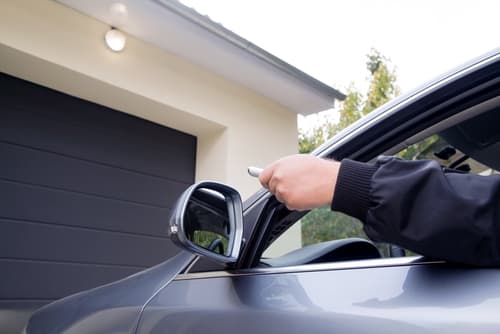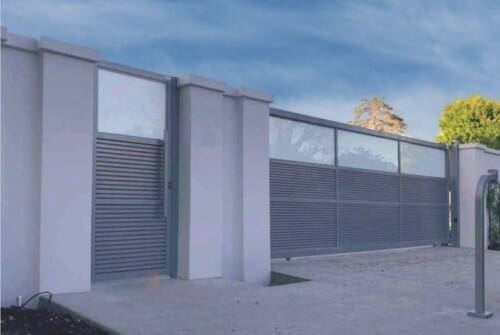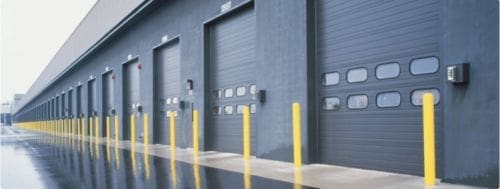Automatic garage doors provide convenience and security for homes and businesses, but they are not immune to mechanical or operational problems. Understanding the most common issues with automatic garage doors and knowing how to address them can save you from costly repairs and unnecessary frustration. Let’s take a deeper dive into the five most frequent problems, their underlying causes, and effective solutions.
1. Garage Door Won’t Open or Close
The Problem
This is one of the most common issues with automatic garage doors. Your door might refuse to move altogether or only operate sporadically. This can be particularly inconvenient, especially if you rely on your garage as your primary entryway.
Possible Causes
- Power Supply Issues: The opener may not be properly connected to a power source, or there may be a tripped circuit breaker.
- Remote Control Malfunction: Dead batteries or signal interference can prevent the remote from communicating with the opener.
- Sensor Misalignment: The safety sensors at the base of the door might be out of alignment, preventing the door from operating.
Solutions
- Check that the opener is plugged in and that the circuit breaker hasn’t tripped.
- Replace the remote control batteries and ensure there are no obstructions blocking the signal.
- Inspect and realign the safety sensors (see sensor alignment guide below for more details).
2. Door Reverses Before Fully Closing
The Problem
You press the button to close the garage door, but instead of shutting completely, it stops and reverses midway. This can leave your home exposed to security risks and external weather conditions.
Possible Causes
- Obstructions in the Door’s Path: Something may be blocking the door’s path, triggering the safety reversal mechanism.
- Misaligned Safety Sensors: If the infrared beam between the sensors is interrupted or misaligned, the door will reverse.
- Sensitivity Settings: The opener’s sensitivity may be set too high, causing it to reverse even without any obstructions.
Solutions
- Remove any visible obstructions from the door’s path.
- Clean the sensor lenses and adjust their alignment until the indicator lights are steady.
- Adjust the sensitivity settings on the garage door opener by consulting the user manual.
3. Noisy Door Operation
The Problem
Your garage door makes loud squeaking, grinding, or rattling noises during operation. These sounds can be annoying and may indicate wear and tear on the system.
Possible Causes
- Lack of Lubrication: Moving parts like rollers, hinges, and tracks may have dried out, causing friction.
- Worn-Out Components: Over time, parts like rollers, bearings, and the opener motor can wear down.
- Loose Hardware: Vibrations from daily use can loosen bolts, screws, or brackets.
Solutions
- Apply a high-quality garage door lubricant to all moving parts, including rollers, tracks, and hinges.
- Tighten loose bolts and screws to eliminate rattling noises.
- Replace worn-out rollers or bearings. Consider upgrading to nylon rollers for quieter operation.
4. Uneven Door Movement
The Problem
Your garage door moves unevenly or gets stuck partway through its operation. This can strain the opener and lead to further damage if left unresolved.
Possible Causes
- Damaged Tracks: Tracks may be bent, misaligned, or obstructed by debris.
- Broken Springs or Cables: These essential components bear the weight of the door. If they are damaged, the door will not move smoothly.
- Worn Rollers: Rollers that are out of shape or worn down can cause uneven movement.
Solutions
- Inspect the tracks for bends or debris. Use a rubber mallet to gently straighten bent sections and clear away obstructions.
- Replace broken springs or cables. This is a job best left to professionals due to the high tension involved.
- Check the rollers for wear and tear. Replace any damaged rollers to restore smooth movement.
5. Remote or Keypad Not Working
The Problem
Your remote control or keypad fails to operate the garage door. This can leave you unable to open or close the door remotely, reducing convenience and functionality.
Possible Causes
- Dead Batteries: The most common reason for a remote or keypad failure is dead batteries.
- Programming Errors: The device may need to be reprogrammed to communicate with the opener.
- Signal Interference: Nearby devices or structural obstacles can disrupt the signal between the remote/keypad and the opener.
Solutions
- Replace the batteries in the remote or keypad. This simple step resolves most issues.
- Reprogram the device using the instructions in your garage door opener’s user manual.
- Remove any obstacles near the opener or relocate devices causing interference.
For a more detailed troubleshooting guide, visit LiftMaster’s remote programming guide.
Preventative Maintenance Tips
Preventing common issues in automatic garage doors is often easier and more cost-effective than fixing them after they arise. Implement these maintenance tips to keep your door running smoothly:
- Inspect Regularly: Check for wear and tear on springs, cables, and rollers.
- Lubricate Moving Parts: Apply lubricant every six months to reduce friction and noise.
- Test Safety Features: Ensure sensors and auto-reverse mechanisms are functioning correctly.
- Clean Tracks and Sensors: Keep tracks free of debris and sensors clean for optimal performance.
- Schedule Professional Maintenance: An annual checkup by a technician can identify and address potential issues early.
When to Call a Professional
While many issues with automatic garage doors can be fixed at home, some situations require the expertise of a professional:
- Broken Springs or Cables: These components are under high tension and can be dangerous to replace without proper tools and training.
- Persistent Malfunctions: If problems persist despite troubleshooting, it’s time to call a technician.
- Opener Motor Issues: A malfunctioning motor may need repair or replacement.
Understanding and addressing the most common issues with automatic garage doors can save you time, money, and stress. However, if the problem is beyond your expertise, trust the professionals at Radford Garage Doors & Gates. We specialize in diagnosing and repairing all types of garage door issues, ensuring your system operates safely and efficiently. Contact us today for expert assistance tailored to your needs.






San Diego:
9185 Chesapeake Dr.
San Diego, CA 92123
(858) 925-2700
Mission Viejo:
27281 Las Ramblas, Suite 200,
Mission Viejo, CA 92691
(949) 749-7665
Email:
info@radforddoors.com
Google Rating
4.9